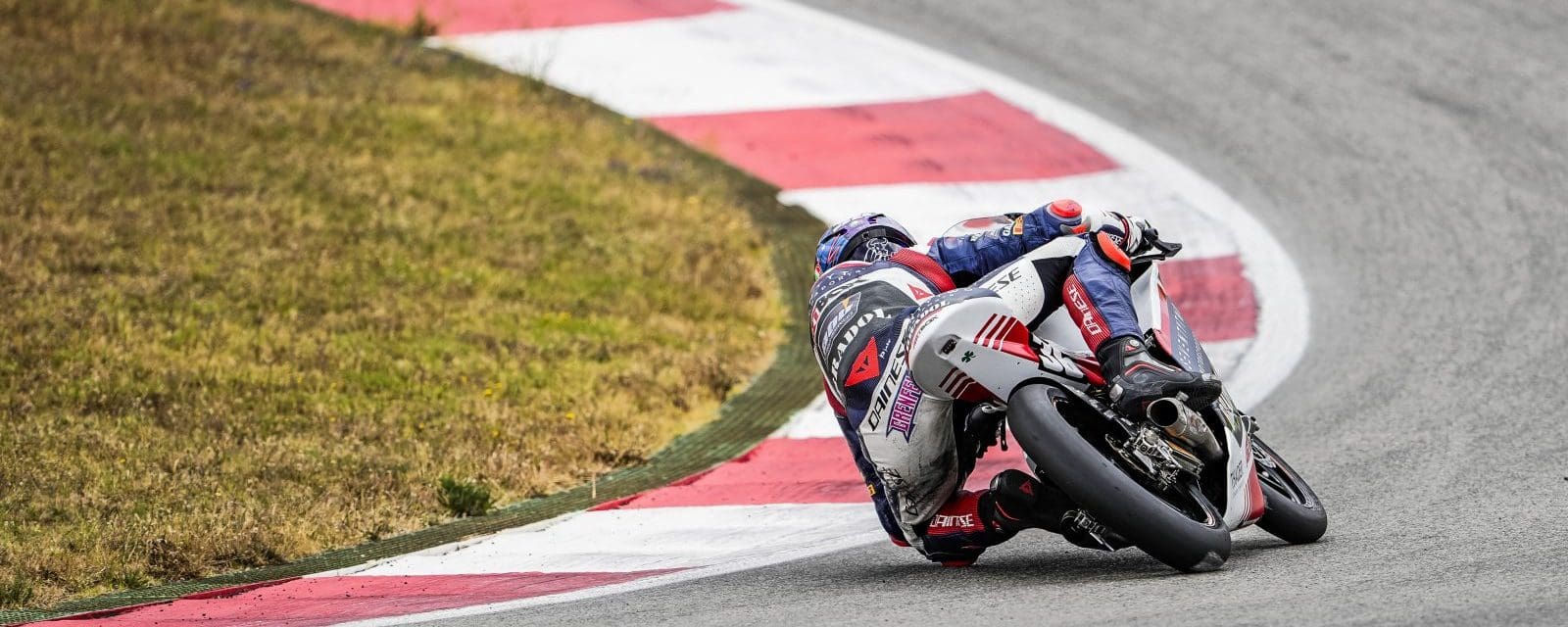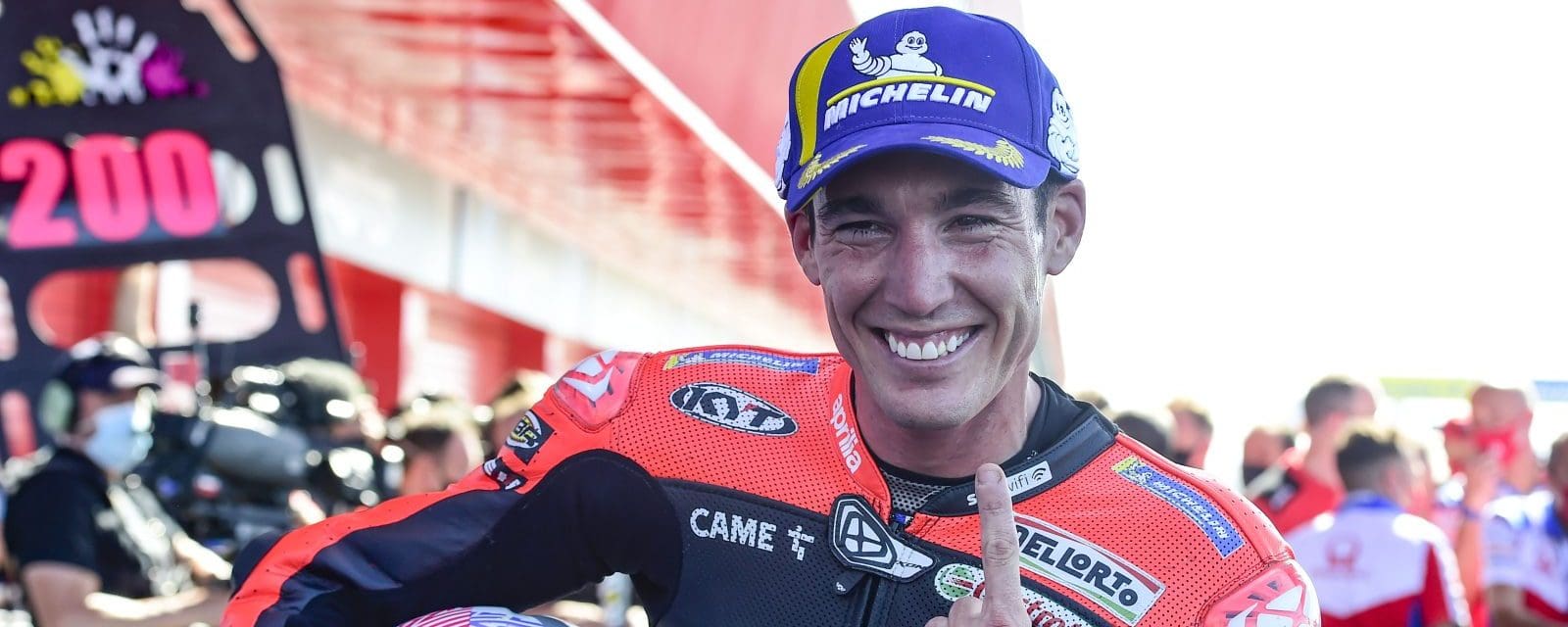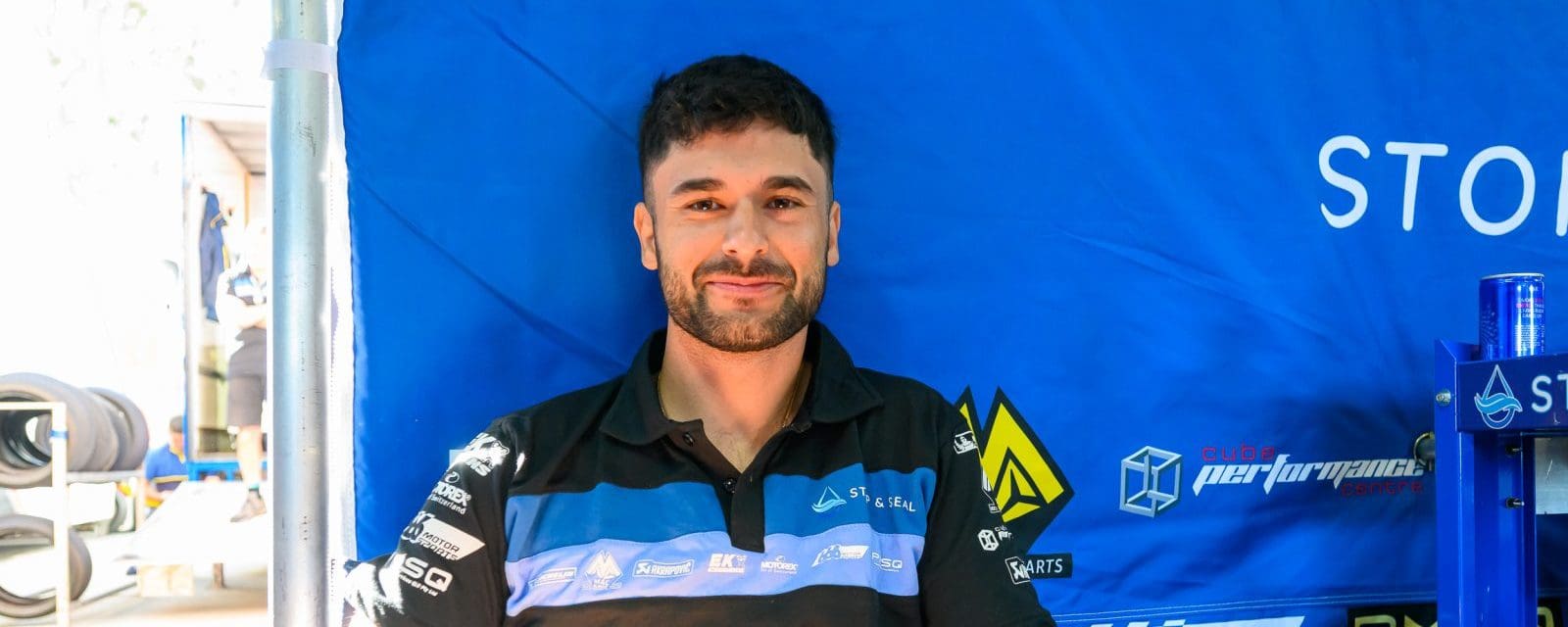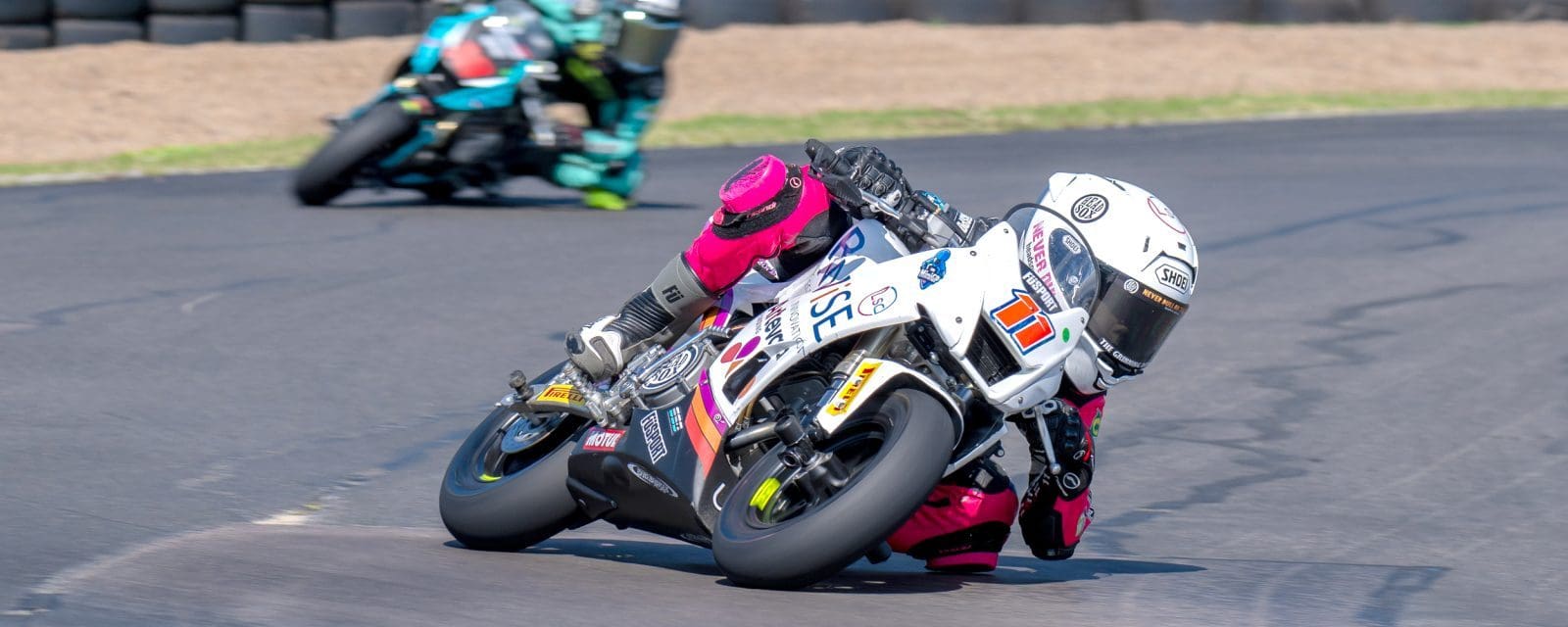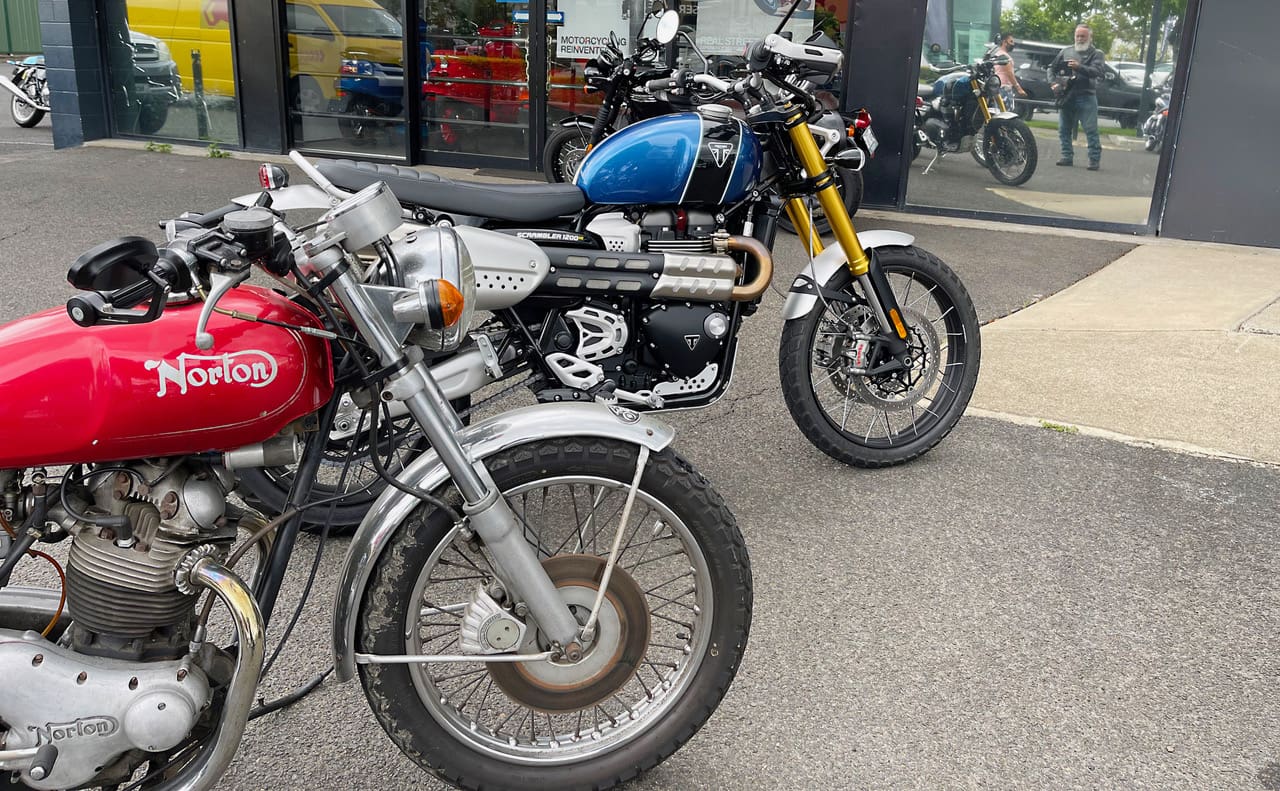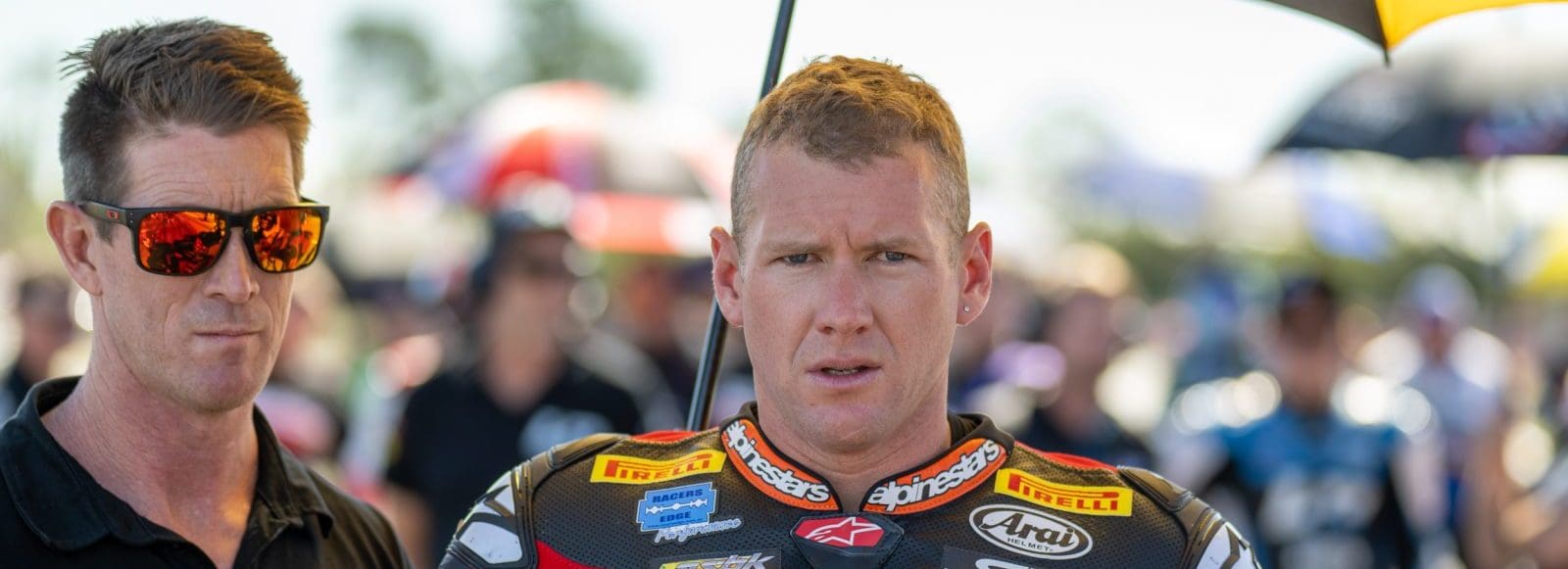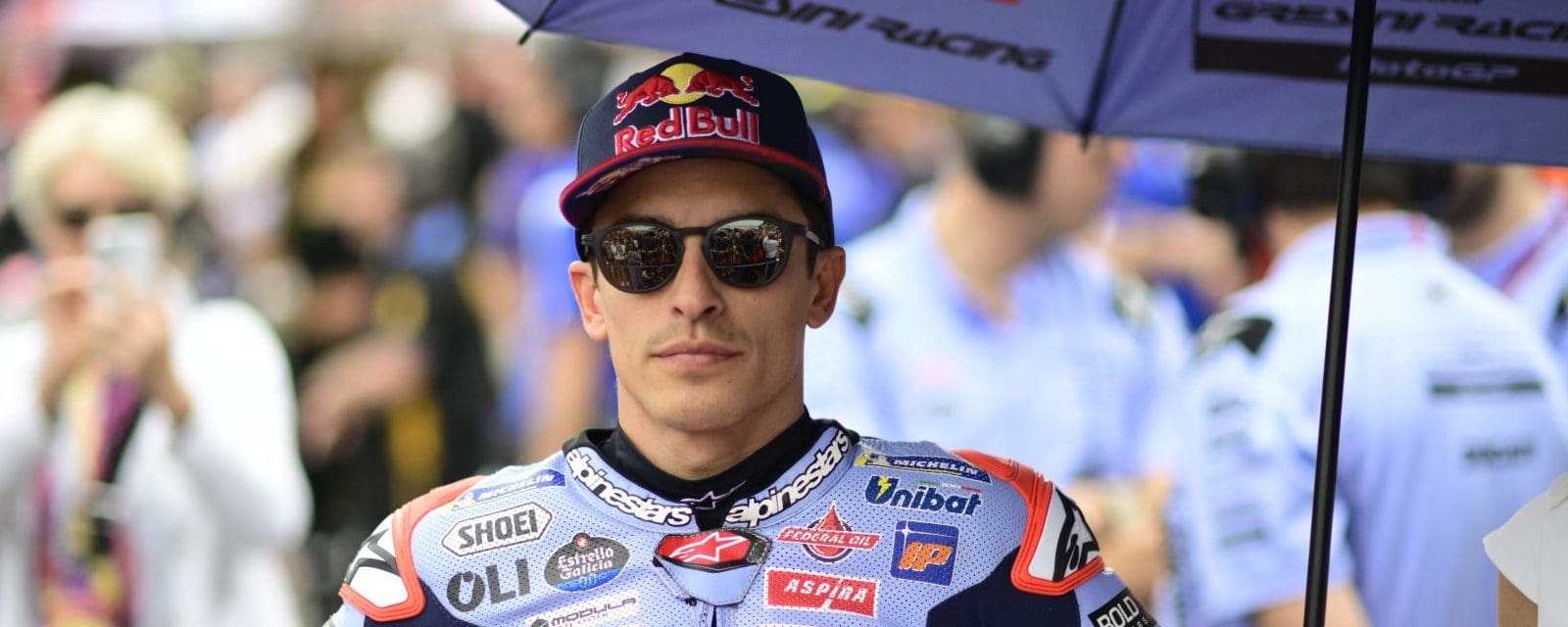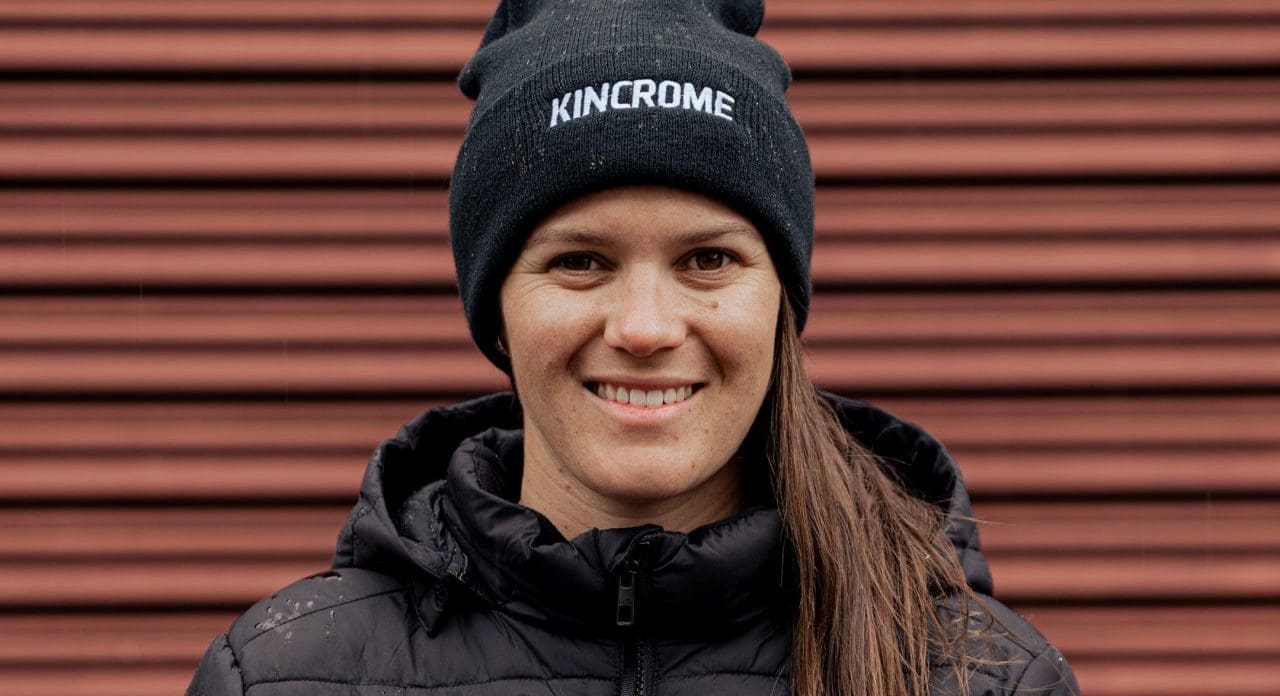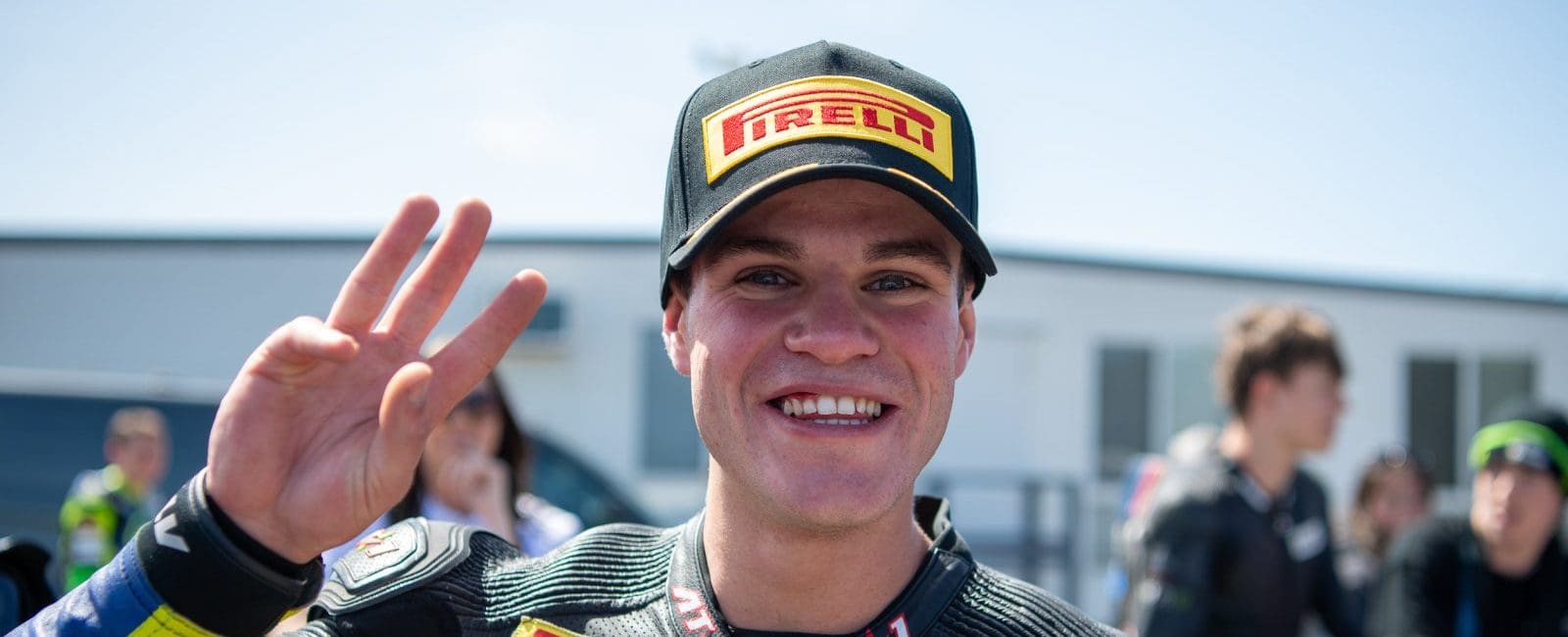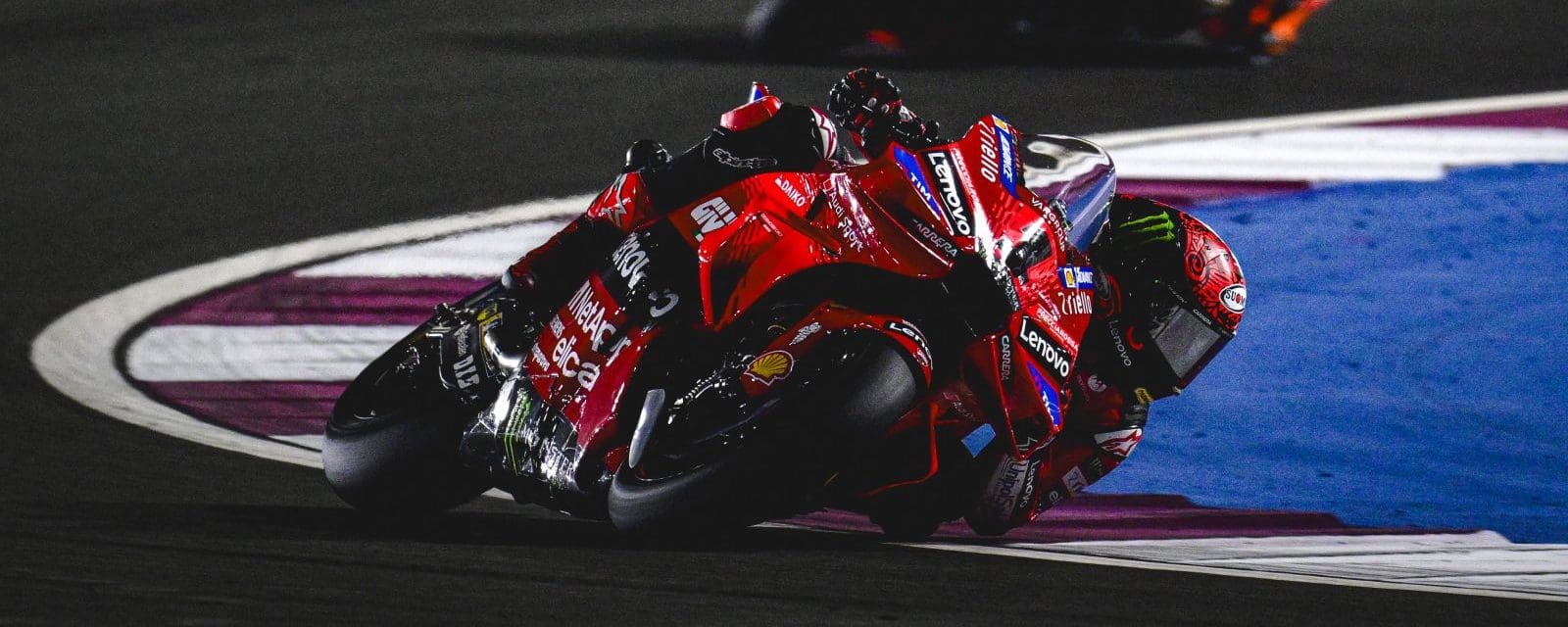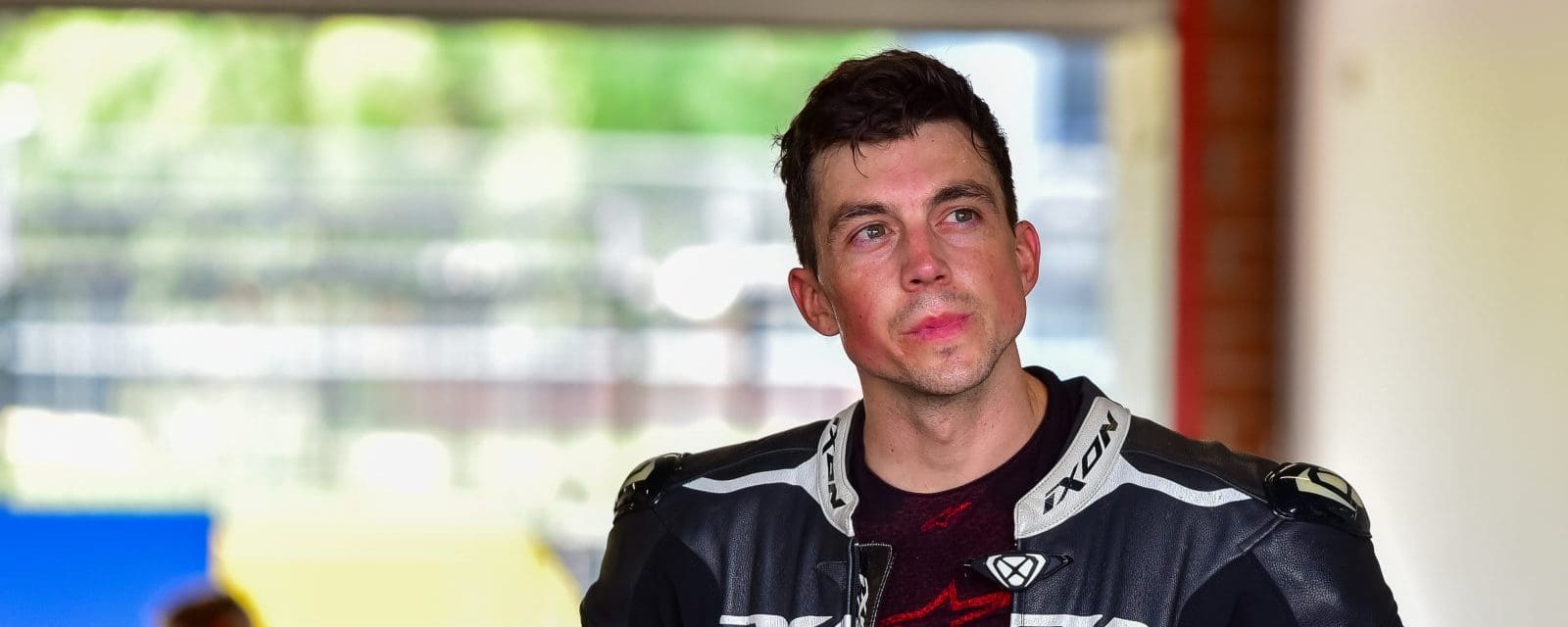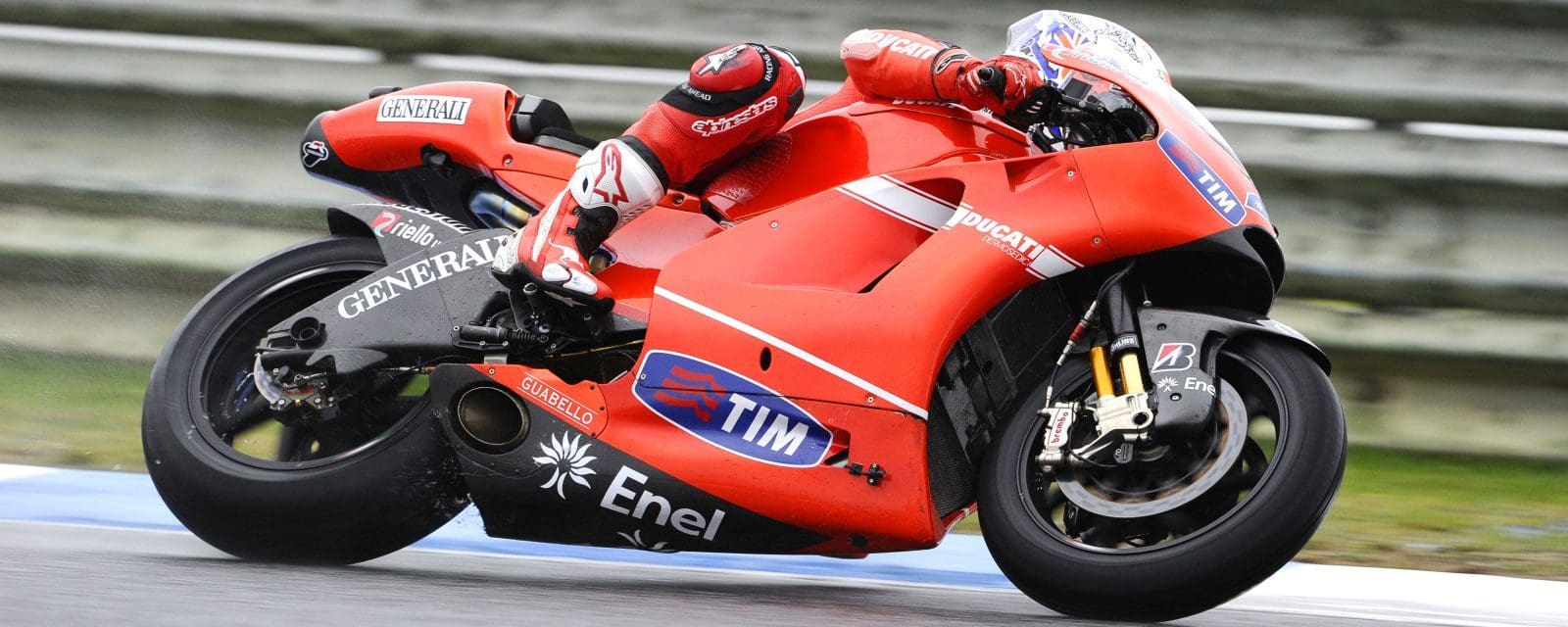The season hasn’t even started yet Triumph is so confident the 2019 Moto2 class will be a winner, powered by its 765cc triple, that it is testing a road version. As we revealed last issue, its Moto2-spec engine has been bolted into an old Daytona 675 frame in a proof-of-concept exercise to help Triumph management decide whether to build an actual prototype.
If you’re wondering why Honda never tried to build a Moto2 replica for the road, it is probably due to the fact that a smaller company like Triumph can react quicker to perceived market trends.
There is no doubt that this year’s Moto2 class will reignite fans’ interest. The main reason will be a grid full of unsilenced three-cylinder engines bringing a unique sound to MotoGP.
Another version of that three-cylinder sound reverberated across Daytona’s speed bowl and around the world when Triumph’s Trident-Rocket III based triples swept the podium at the famous Florida race in 1971.
However, it was Triumph’s first big win there in 1966 that led to its long-running Tiger 100 model being renamed the Daytona Super Sports and upgraded with hotter camshafts and twin carburetors. It lasted until 1974.
Ironically, it was Honda that started Triumph’s Daytona race program. Under Edward Turner’s iron fist, Triumph had steadfastly refused to officially enter anything other than production racing.
In 1965 the old boy relinquished his command and new management decided to enter the world’s most publicised race of the time, America’s Daytona 200. Honda’s forthcoming CB450, with double overhead cams and an electric starter, had to be headed off at the pass on its way to the showrooms.
Four 500cc pushrod Triumph twins were hastily developed by a tiny workforce led by genius engineer Doug Hele and sent to Daytona in February 1966. A story of an unlikely victory against all odds doesn’t loose any of its magic in countless retellings. Especially if you are a former Seventies longhair with a sense of history.
Quite a few of us got the chance to ride a mate’s Daytona and were surprised at its rev-hungry nature. The engine took on another life when wound past 5000rpm and would quickly spin up to 7500rpm and beyond when most pushrod twins ran out of puff at 6500rpm.
The factory racers could survive 9000rpm, once Triumph solved the mysteries they uncovered at the 1966 Daytona 200. All the factory engines suffered catastrophic oil pressure loss. One of the worst was Texan rider Buddy Elmore’s. Rebuilt five times, it lost power again on his vital qualifying run and he limped into 46th place on the grid.
After another all-night rebuild, using parts pirated from shattered engines, hopes weren’t high on race day. Things looked grim just seven laps in, when Triumph’s best qualifier, second-placed Dick Hammer, was out with a blown engine.
But Daytona is a torture test and anything can happen. Triumph’s other great hope, Gary Nixon, took the lead. Elmore quickly pushed his way through the field to duel with Nixon. Nixon’s charge to the line ended at 210km/h when his rear tyre deflated on the banking. He pitted for a new wheel and finished ninth.
By now Elmore was in the lead and, strangely, his cobbled-together twin sounded healthy. It helped the 30-year-old from El Paso take the win at a record speed of 96.83mph (155.8km/h) over the 200 miles (322km).
Triumph was quick to cash in on the publicity. Just as well because Honda arrived in force at Daytona the following year. All their CB450s finished but none was fast enough to make the top 10. Meanwhile, the lessons Triumph learned in 1966 resulted in a one-two finish to Nixon and Elmore, with the record speed raised to 98.22mph (158km/h).
Triumph’s famous brand name and history of racing at Daytona in the late 1960s and early 1970s gives it the marketing clout to bring a Moto2-inspired model to your local showroom.
As appeared in AMCN Vol 68 No 17

